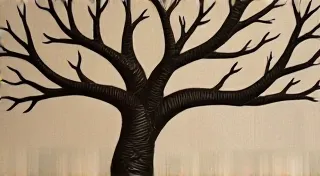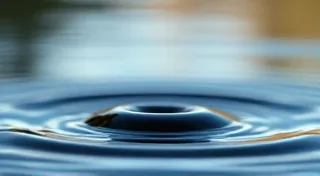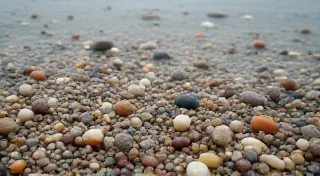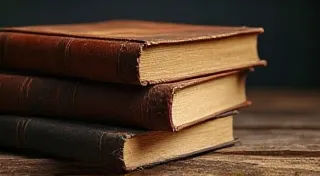The Silent Witnesses: Uncovering Stories Through Antique Button Collections
There's a quiet magic held within antique button collections. They aren’t simply fasteners; they are fragments of lives lived, whispers from a bygone era, tangible links to the past. A single button, nestled in a velvet-lined box, can ignite a cascade of questions: Who wore this garment? What were their joys and sorrows? What did their daily life look like?
My own fascination began years ago, in my grandmother’s attic. Among dusty trunks and forgotten portraits, I discovered a small tin filled with buttons. Not the plastic, mass-produced buttons of the present day, but treasures—ornate jet buttons, shimmering mother-of-pearl, intricately carved horn. It wasn’t just the beauty that captivated me, but the feeling that these small objects held untold stories, silently waiting to be rediscovered. It was the beginning of a journey that has blended history, craftsmanship, and a profound appreciation for the lives of those who came before.
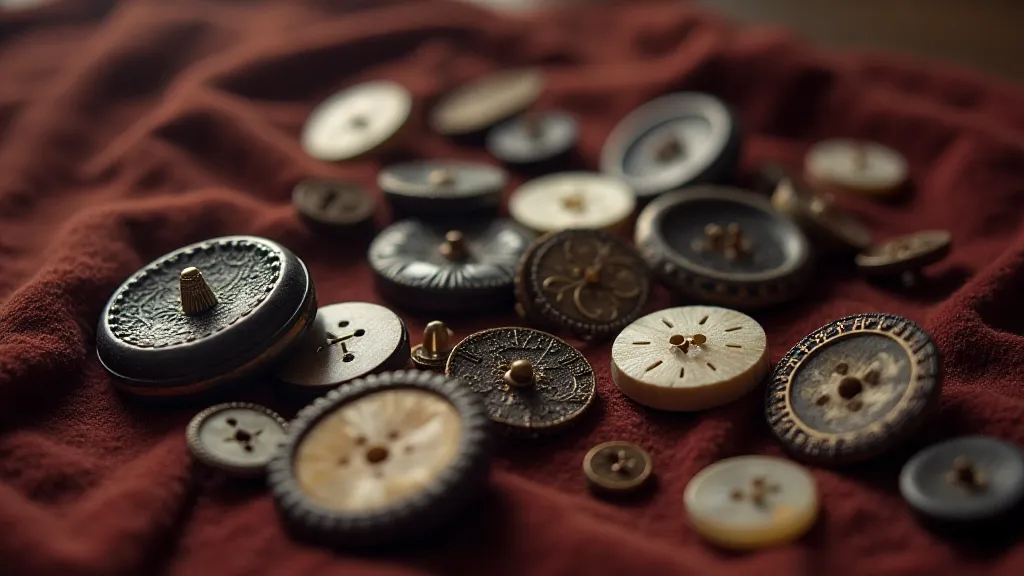
The Victorian Era: A Golden Age of Button Making
The Victorian era (1837-1901) was, arguably, the golden age of button making. The Industrial Revolution brought with it new technologies that revolutionized manufacturing processes. While buttons had existed for centuries, the Victorian period saw an explosion of styles, materials, and levels of craftsmanship. Early button factories, like those of William Clark & Sons in Birmingham, England, pioneered techniques that made ornate buttons accessible to a wider population. Before this, ornate buttons were almost exclusively the preserve of the wealthy. Horn button history, for example, saw a significant shift. Before mass production, horn buttons were a luxury; suddenly, they became a more common, yet still beautiful, option for garments.
The evolution was remarkable. Early techniques often involved hand-carving, resulting in unique, one-of-a-kind pieces. As machinery advanced, stamping and molding became more prevalent, allowing for greater volume and intricate designs. However, skilled artisans remained essential, particularly for the creation of detailed metalwork, engraving, and hand-painting. The sheer breadth of techniques and designs, and the materials used, is truly astounding; the way these seemingly small components were both functional and works of art highlights the dedication to detail prevalent during the era.
Materials: Whispers of Status and Style
The materials used in Victorian buttons were not chosen arbitrarily. They were powerful symbols of status, wealth, and style. Jet buttons, made from fossilized wood, were particularly popular during the period of mourning following the death of Prince Albert in 1861. Their dark, glossy surface conveyed solemnity and respect. Mother-of-pearl buttons, prized for their iridescent beauty, were a sign of refinement and elegance, often adorning evening gowns and fine blouses. Horn buttons, made from cattle horn, were a more affordable option, yet could still be beautifully carved and decorated. Bone buttons, metal buttons (brass, steel, silver), and fabric-covered buttons (using velvet, silk, or other luxurious materials) completed the diverse palette of Victorian button materials.
Consider the story a single, unassuming horn button might tell. It wasn't destined for a grand ballgown. Perhaps it secured a child’s sturdy school dress, or a farmer’s work shirt. It bore the marks of daily life—minor scratches, slight discoloration—testaments to its role in a working life. The subtle wear and imperfections tell their own narrative, a visible record of the button's journey through time. Understanding how these materials related to societal status and trends is a crucial element in appreciating the true value of a Victorian button collection – truly, the materials themselves can tell a story. To further explore how seemingly insignificant objects can be transformed into powerful narratives, consider reading Collector’s Alchemy: Transforming Fragments into Narrative.
Deciphering Designs: A Language of Aesthetics
Victorian button design was heavily influenced by prevailing artistic movements. Neoclassical motifs—Greek key patterns, Roman busts—were popular during the earlier years, reflecting a fascination with classical antiquity. The Aesthetic movement, with its emphasis on natural forms and organic patterns, inspired designs featuring flowers, leaves, and birds. Military buttons, of course, carried their own symbolic language – regimental crests, battle honors, and ranks were proudly displayed. Even the type of pattern pressed into a button can signify its origin or intended use. Buttons with embossed borders were often used on children’s clothing. The fragility of these delicate pieces, and how their designs often reflected larger cultural shifts, is fascinating, emphasizing the ephemeral adornments that shaped an era.
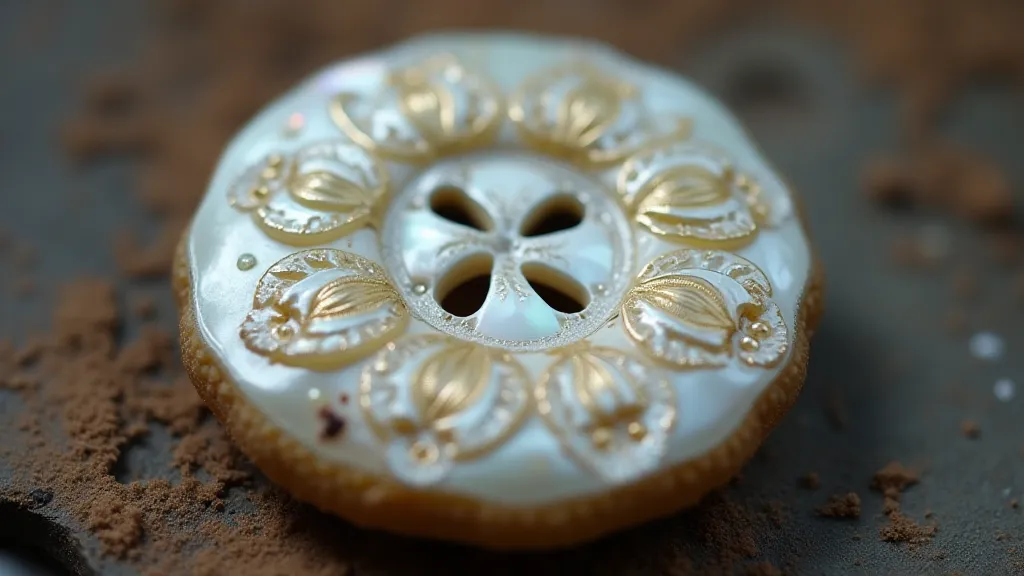
Military Buttons: Symbols of Service and Sacrifice
Collecting military buttons is a fascinating sub-genre within the world of antique button collecting. These buttons aren't just fasteners; they are miniature monuments to military history. They represent regiments, battles, and the individuals who served with honor. Identifying these buttons – determining the specific regiment or unit they belonged to – requires careful research. Many collectors specialize in particular branches of the military, or specific campaigns. A single military button can represent a soldier’s story – a glimpse into their service, their unit, and perhaps even their ultimate fate. Beyond their function, these military buttons are tangible links to a past filled with both bravery and hardship; their designs and materials often reflect the values and ideals of the time.
Restoration and Preservation: Honoring the Past
While it's tempting to meticulously clean and polish antique buttons, restraint is key. Over-zealous cleaning can damage delicate finishes and erase traces of history. The beauty of these buttons lies in their imperfections—the subtle wear, the slight discoloration—these tell a story of their past. Gentle cleaning with a soft cloth is usually sufficient. Storage is equally important; buttons should be kept in protective boxes or bags to prevent scratching and tarnishing. The preservation of these delicate artifacts isn't merely about keeping them looking new; it's about respecting their history and ensuring future generations can appreciate them.
Beyond the Fastener: A Connection to Lives Lived
The true joy of Victorian button collecting isn't simply about acquiring beautiful objects. It's about connecting with the past, imagining the lives of those who wore the garments these buttons adorned. Each button is a silent witness to history – a tangible link to a world that has vanished. Holding a Victorian button in your hand is like holding a fragment of a story, a whisper from a bygone era. It’s about more than just collecting; it’s about preserving memory and honoring the lives of those who came before. To truly appreciate these buttons, one must consider their role within a larger cultural context—how materials, designs, and manufacturing techniques reflected the values and aspirations of the Victorian age. The stories these buttons tell are far more compelling than any monetary value.

Resources for the Budding Collector
For those just starting their Victorian button collecting journey, a few resources can be invaluable. Old button catalogs, often found online or in antique shops, provide insights into manufacturing techniques and historical pricing. Joining a button collecting club or online forum can connect you with experienced collectors who are eager to share their knowledge. And, of course, a keen eye and a willingness to research are essential tools for any aspiring button enthusiast. The materials used, and how they signified status and style, is a deeply interwoven thread in the broader narrative of Victorian society. Those interested in this topic might find further insights into how these buttons reflect cultural trends through a deeper dive into Beyond the Surface: The Intricacies of Button Composition and Materiality.
Furthermore, understanding the stories these buttons can tell requires appreciating the broader scope of their cultural context and how their design and composition has shaped the narratives of those who used them. For those looking to deepen their appreciation of this subject, and who want to learn more about how those small details can reveal larger societal narratives, they might want to look at Beyond the Surface: The Intricacies of Button Composition and Materiality. It’s a fascinating study that extends the conversation about how these buttons reflect the values and aspirations of the Victorian age.
Ultimately, the journey of collecting antique buttons is more than simply acquiring objects; it's an exploration of history, art, and human connection. It's about preserving memory and honoring the lives of those who came before. To further explore how seemingly insignificant objects can be transformed into powerful narratives, consider reading Collector’s Alchemy: Transforming Fragments into Narrative.

